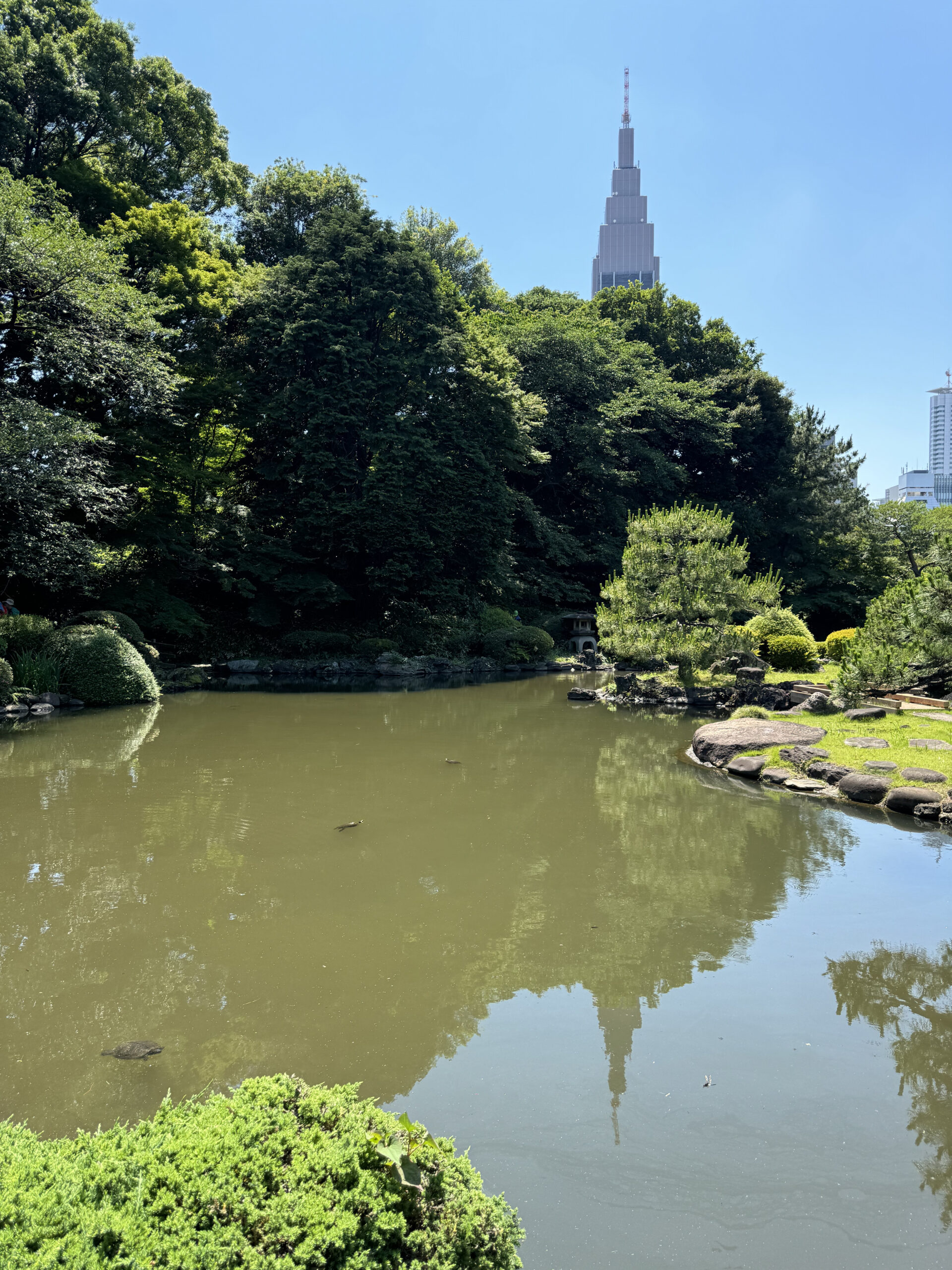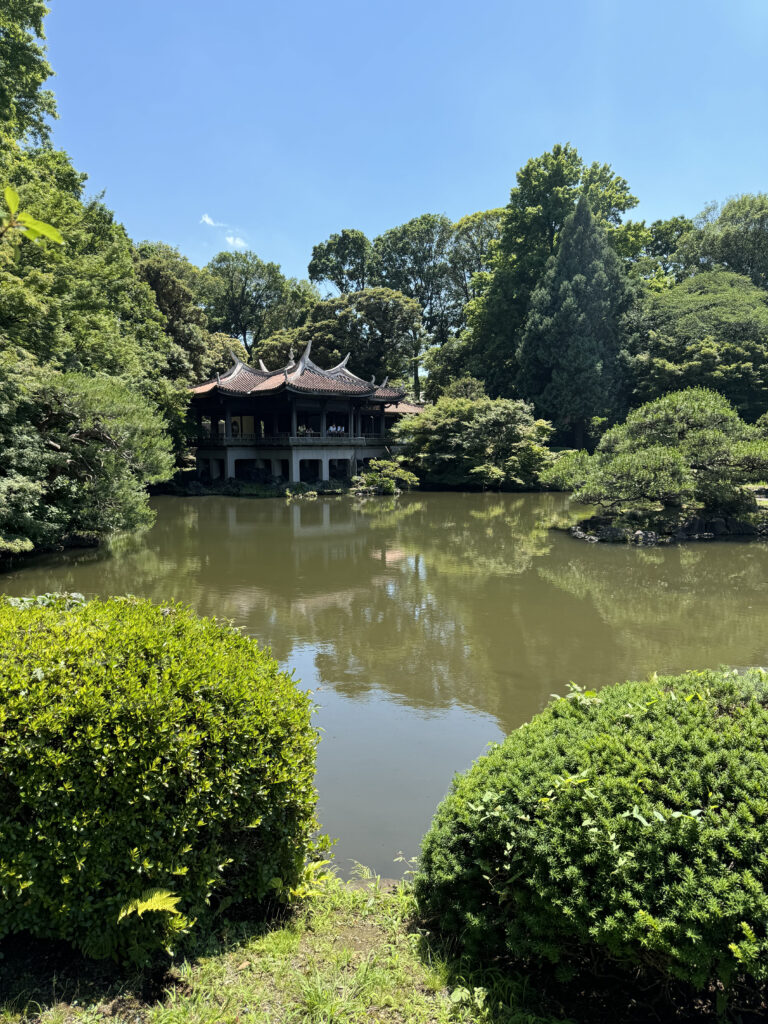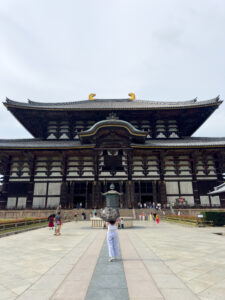
In the bustling metropolis of Tokyo, amidst the towering skyscrapers and neon lights, lies a serene escape that offers a glimpse into Japan’s rich horticultural heritage: the Shinjuku Gyoen National Garden.
Located just a short walk from Shinjuku Station, one of Tokyo’s busiest transportation hubs, this sprawling oasis is easily accessible for both locals and tourists. For a modest entry fee of 500 yen for adults and 250 yen for children, visitors can explore 144 acres of beautifully curated landscapes. This garden is a tapestry of various styles, but it is the traditional Japanese garden that stands out as a timeless embodiment of natural beauty and cultural significance.
Originally constructed during the Edo period as a samurai lord’s Tokyo residence, Shinjuku Gyoen has evolved through the centuries. It became an imperial garden in the early 20th century before opening to the public in 1949. Today, it serves as a cherished retreat for both locals and tourists, providing a peaceful respite from urban life.
The garden sustained significant bomb damage during World War II, which led to the devastation of numerous buildings and plants. But as soon as the war ended, work to rebuild and restore the garden got underway in an effort to preserve its historical and cultural significance. Currently, Shinjuku Gyoen serves as a living example of the Japanese people’s perseverance and determination in protecting their natural and cultural heritage.
The traditional Japanese garden within Shinjuku Gyoen is a masterful example of landscape design that emphasizes harmony, balance and the beauty of natural elements. This garden style, known as ‘nihon teien,’ incorporates key principles such as asymmetry, simplicity and the idealization of nature.
A living artwork that captures the spirit of Japanese philosophy and beauty, Shinjuku Gyoen’s traditional Japanese garden is more than just a collection of plants and stones. The park offers a unique experience for both locals wishing to escape the hectic pace of the city and tourists hoping to fully immerse themselves in Japanese culture. It is a place where one may escape the noise and turmoil of Tokyo and find calm in carefully maintained environments.
The main elements of a traditional Japanese garden are plants, water and stone, each of which has symbolic value. Water features such as peaceful ponds and flowing streams represent purity, rejuvenation and the passage of time. Rocks are carefully selected and positioned to resemble mountains, islands, or other natural structures, anchoring the environment and creating a sense of stability. The seasons are symbolized by well-pruned trees and rich foliage, which invites people to get in touch with the cycles of the environment.
Contrasting the dry landscape, the garden also features serene ponds, reflecting the sky and surrounding foliage. These ponds are home to vibrant koi fish and are crossed by elegant wooden and stone bridges. With strategically placed pebbles and trimmed trees surrounding it, the largest pond produces a lovely image that changes with the seasons, from spring’s cherry blossoms to autumn’s maples.
While rich in history, Shinjuku Gyoen’s Japanese garden is a well-maintained space that blends traditional practices with modern conservation techniques. The garden remains a dynamic expression of Japanese cultural tradition because of its careful preservation.
The purpose of pathways is to guide guests through a variety of scenarios and viewpoints, each offering a unique angle that encourages reflection. Because of the blending of old and new methods, the garden will continue to be a serene and lovely place for years to come.

Each season transforms the Japanese garden into a new spectacle.
In spring, cherry blossoms (sakura) draw crowds eager to witness the fleeting beauty of the pink blooms. Summer brings lush greenery, while autumn is celebrated for its vibrant tapestry of red and gold foliage. Winter, though quieter, offers the stark beauty of snow-covered landscapes, highlighting the garden’s enduring charm.
Despite its historical roots, Shinjuku Gyoen’s Japanese garden is well-maintained, blending traditional techniques with modern conservation practices. The garden’s meticulous care ensures that it remains a living example of Japan’s cultural heritage. Pathways are designed to guide visitors through different perspectives and vignettes, each offering a unique view that encourages pause and reflection.
Shinjuku Gyoen’s traditional Japanese garden is more than just a collection of plants and stones; it is a living artwork that encapsulates the essence of Japanese philosophy and aesthetics. Whether you are a local seeking comfort from the city’s pace or a traveler looking to immerse yourself in Japan’s cultural, the garden provides an unparalleled experience.
In the heart of Tokyo, Shinjuku Gyoen National Garden stands as a testament to the timeless beauty and serenity of traditional Japanese gardening, inviting all who enter to experience a moment of peace and contemplation amidst nature’s splendor. The garden serves as a reminder of the importance of preserving natural spaces within urban environments, providing a sanctuary where nature and culture intersect in perfect harmony.







